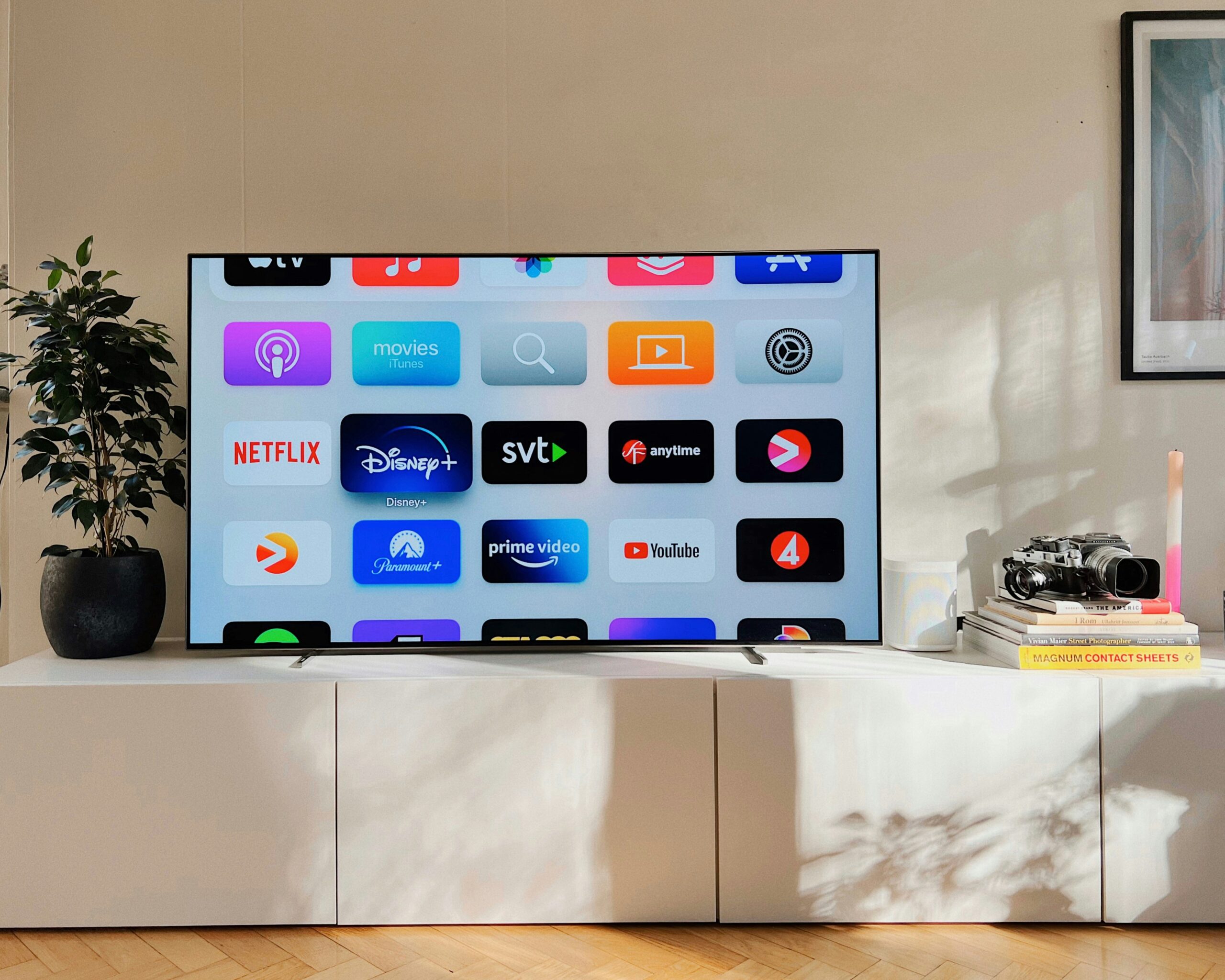By: Jason Alfred, Senior Digital Specialist
TikTok is on the minds of many brands and advertisers lately. The highly popular app, operating since 2018 and used by more than half of adults aged 18-29, found itself in the crosshairs of Congressional legislators due to concerns of the influence the app’s foreign ownership might have on the American public.
Because of these concerns, the federal government has recently passed legislation, signed by President Biden, requiring ByteDance (the Chinese company that owns TikTok), to divest itself from the platform by mid-January 2025 or face an all-out ban in the United States. TikTok, for its part, has stated that it has taken measures to ensure user data is protected and that it is inaccessible by any foreign government. ByteDance has also stated that any sale of TikTok, should it be required to do so, would be without the algorithm that powers the app. Without the algorithm, user engagement within the app could be significantly reduced. The Chinese government has also weighed in by indicating that it would not allow the app to be forcibly sold.
So, what’s next for the app?
In early May, TikTok filed a lawsuit against the federal government challenging the constitutionality of the law on First Amendment grounds with the app claiming, “… if Congress can pass such laws it can circumvent the First Amendment by invoking national security and ordering the publisher of any individual newspaper or website to sell to avoid being shut down.” They have already won an injunction, on First Amendment grounds, against a Montana law passed earlier this year that bans the app in that state.
Given that decision, the government may have a challenge defending a law that appears to infringe on a business’ rights. It should be noted that the US has long restricted the foreign ownership of television and radio broadcasting companies. But for now, however, TikTok is free to operate business as usual as the lawsuit plays out – an action that could push the deadline for a ban out past January 2025.
How should advertisers prepare for a potential ban?
There are many unknowns about how this situation will play out over the next year. It is very possible that TikTok will prevail in its suit against the government. Even so, as we’ve seen with other social media platforms (anyone remember Myspace?), user interest can be fleeting and what is popular today, may be gone tomorrow.
In the meantime, there are several current actions advertisers can take to navigate a potential ban:
- Diversify your paid media dollars. Our recommendation is to remain nimble with your advertising dollars across a variety of social media platforms. In this way your brand can be sure to have a presence wherever your target audience chooses to spend their time and consume content.
- Look at ways to repurpose TikTok content. If you’ve been active on TikTok and seen success, it might be a good time to find ways to repurpose content in other platforms with similar experiences such as Instagram Reels, YouTube Short or even Pinterest video pins. This will enable you to evolve your content strategy and build continuity outside of TikTok.
- Examine your TikTok influencer strategy. If TikTok does become banned the value of TikTok influencers will diminish, so it’s important to examine your broader influencer strategy and consider increasing influencer spend on other platforms.
As the situation with TikTok continues to develop, we’ll be keeping a close eye on updates, and help our clients adjust their strategies as needed. Staying ahead of these changes will not only protect your current investments but also position your brand to thrive in an ever-evolving digital landscape.



